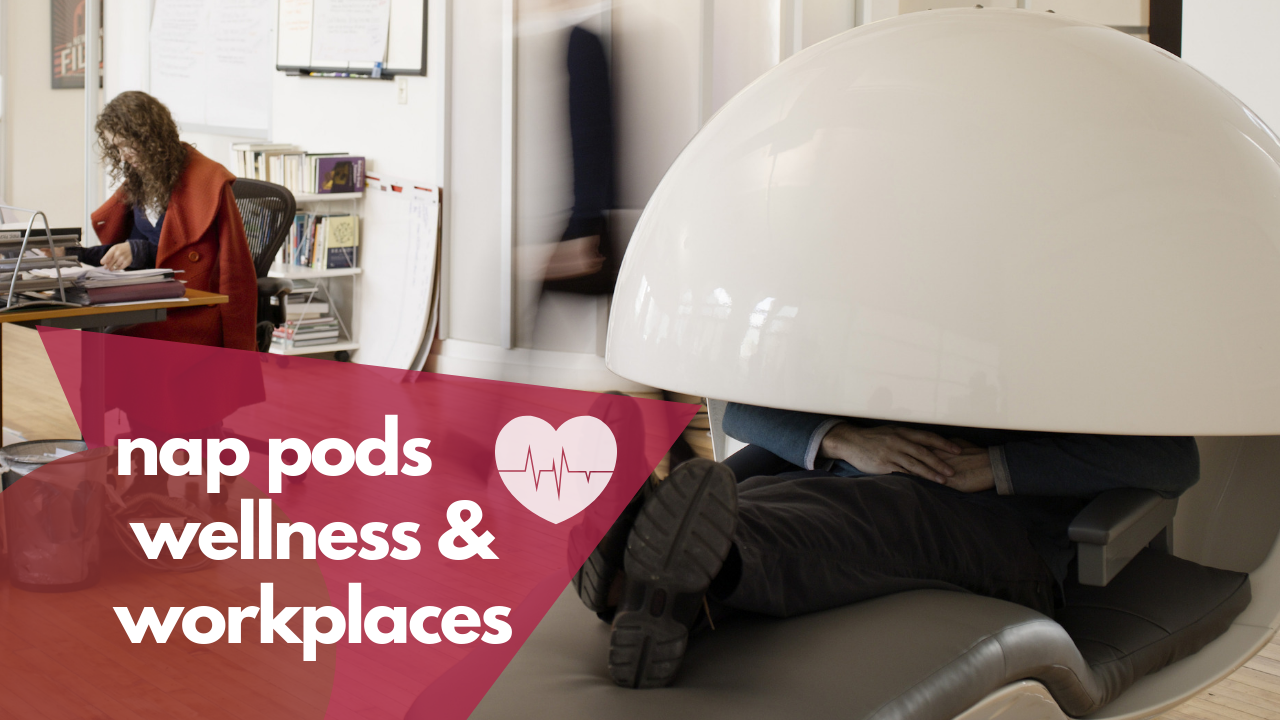- According to Christopher Lindholst, CEO of Metro Naps, nap-friendly spaces are becoming a popular workplace perk.
- Napping used to be a common practice, and Lindholst believes it can greatly improve workplace wellness today.
- Napping can help relieve stress and prevent burnout, and improve the way we handle challenging situations.
Wellness has become a key element of workplace design, one that significantly impacts the entire workplace experience. It’s one of the reasons why wellness took center stage during the first ever GCUC UK conference.
The workplace of today and the workplace of the future is all about designing for the human experience; it’s about finding new ways for people to want to go into the office and empowering them to be as productive as they can be without sacrificing their mental and physical health.
Companies across industries have taken different approaches to creating workplaces that foster community, innovation, collaboration, and wellness. We’ve seen companies and coworking operators embrace yoga and meditation, provide healthy snacks, offer on-site gyms, furnish spaces with standing desks, and increase natural light, among plenty others. We’ve also seen how the Fitwel Certification and the WELL Building Standard have taken off and become something organizations aspire to achieve.
And now, we’re learning that nap friendly spaces are becoming a popular workplace perk.
“People fall asleep at work,” says Christopher Lindholst, CEO of Metro Naps, and lack of sleep isn’t the only, nor the main, cause.
“Fifteen years ago when we started the company we wanted to understand why people fall asleep at work. We found that humans are naturally programmed to nap. In fact, it turns out that human beings stopped taking naps with the first industrial revolution.”
Napping used to be a common practice, and Lindholst is betting on it as a way to greatly improve workplace wellness today.
“When we began doing this 15 years ago, awareness of wellness and napping was at zero. Back in 2003, sleep was considered to be the responsibility of the individuals; however, companies today have woken up to the realization that people don’t have sleep under control.”
Sleep has been found to be one of the top 3 things that employees need the most help with.
“The main challenge is that people don’t have a place where they can take a nap; they fall asleep on their desks, in the conference room, or in their cars.”
Behold the Energy Pod: Because Napping is Easier than Hitting the Gym
There are various benefits to napping. It makes us more alert and it improves our memory, learning capability, creativity, and cardiovascular health. It also bumps up our mood, as humans tend to get grumpy when they are tired.
Napping can also help prevent burnout. When people are tired and fatigued, they have trouble coping and making decisions. The more well-rested a person is, the better he or she will be able to handle and deal with personal and professional situations.
“We become a happier and more pleasant person when we nap,” Lindholst adds.
Lindholst created the Energy Pod to create a space where it was sanctioned and encouraged to take a nap, and where people can do it the right way to truly reap the benefits.
It’s all about creating an environment where it’s difficult to stay awake; an environment where the body and mind can relax. Doing this involves blocking out sensory input. Lindholst achieves this through a privacy visor, music, vibrations, and even a storage bin, because “people can’t relax and nap if they are worried about their belongings.”
Could nap-friendly workspaces become the next big thing? Or have we reached the point where our natural napping pattern is now a distant dream? Let us know what you think.


 Dr. Gleb Tsipursky – The Office Whisperer
Dr. Gleb Tsipursky – The Office Whisperer Nirit Cohen – WorkFutures
Nirit Cohen – WorkFutures Angela Howard – Culture Expert
Angela Howard – Culture Expert Drew Jones – Design & Innovation
Drew Jones – Design & Innovation Jonathan Price – CRE & Flex Expert
Jonathan Price – CRE & Flex Expert













